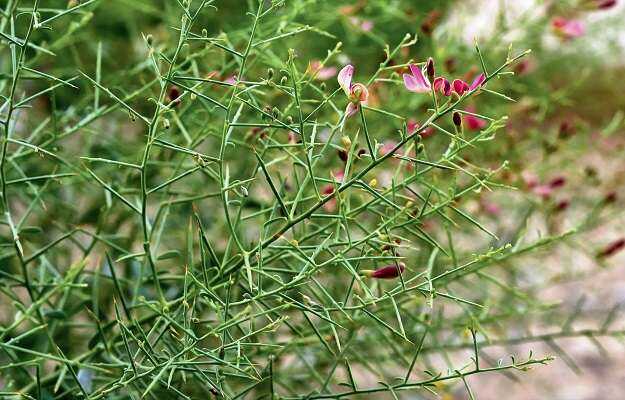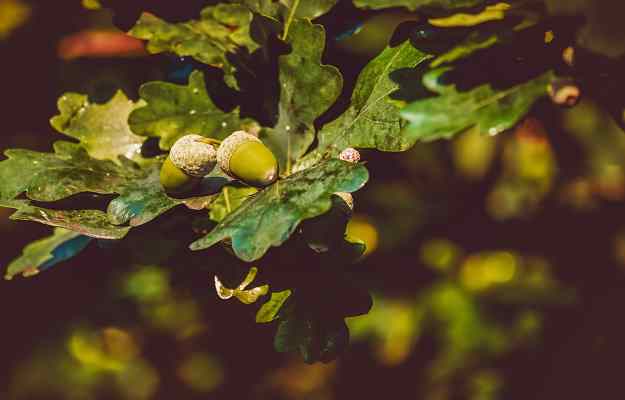Yavasa is a plant that is well known in folk medicine, especially Iranian traditional medicine, for its wide range of therapeutic and medicinal properties. The herb is suggested to contain anti-inflammatory, antioxidant and antimicrobial compounds and is known to be a good diuretic and expectorant.
In India, Yavasa is imported from Afghanistan and Iran and is sold under the name torajabin. Here, it is used mainly in the preparation of laxatives, diuretics, sweetening agents and cosmetics.
Alhagi is also grazed on by livestock.
Some facts about yavasa:
- Botanical name: Alhagi camelorum, Alhagi pseudalhagi and Alhagi maurorum
- Family: Fabaceae
- Common name: Camel thorn, Caspian manna, Persian manna, Hebrew manna, Moor’s alhagi
- Hindi name: Bharbhara, Jawasa
- Sanskrit name: Yavaska
- Parts used: Whole plant
- Geographical distribution: Yavasa is native to the Middle East, North Africa and South-East Europe. It is also found in Asia (including India, China, Pakistan, Afghanistan, China), Europe (including Russia, Cyprus and Cezh Republic), North America and Australia. In India, yavasa plants are found mainly in Uttar Pradesh, Gujarat, Punjab and Rajasthan.
- Interesting fact: Yavasa is mentioned as a source of sweet manna in the Holy Quran. As per the Quran, manna is a divine food substance provided by God to mankind. Alhagi is known as manna in Iran.
































